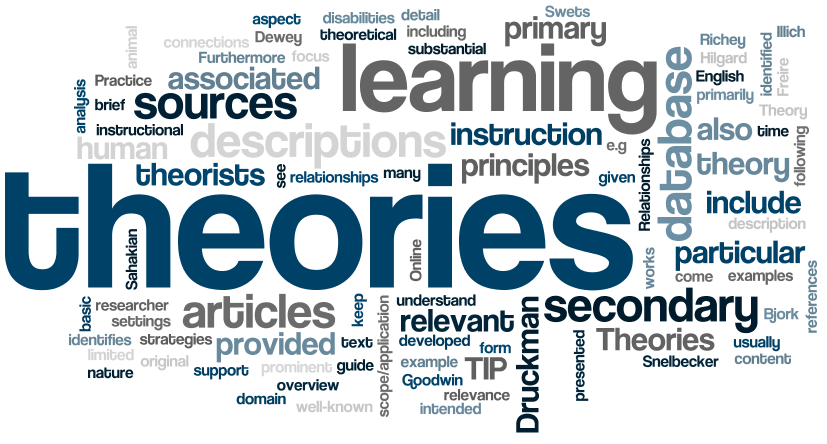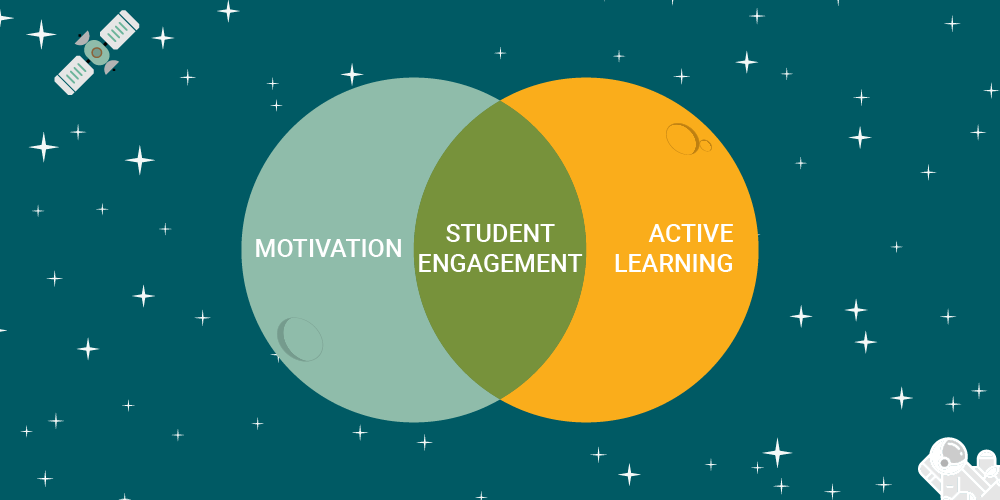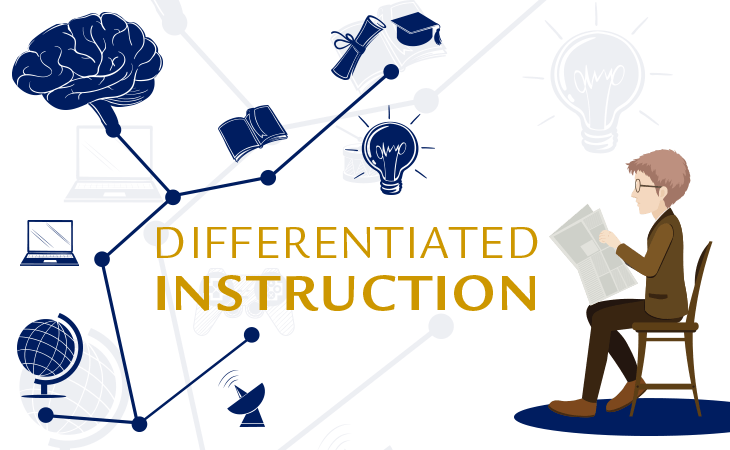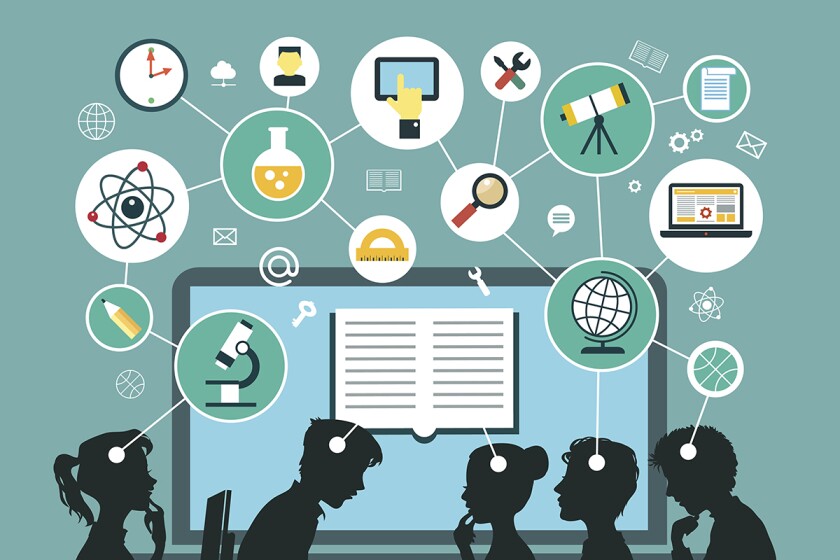Learning Pod #6 Members
@infinitortal
@kirstychai_928
@chengzhenli
@rmx
Learning Outcomes
By the end of this content, learners should be able to do the following:
- Familiarize themselves with the history and the building blocks of blockchain technology
- Understand the basic concepts of blockchain technology
- Explain the key functions of blockchain technology
- Examine the application of blockchain technology in business today
Required Textbook
Van Rijmenam, M., & Ryan, P. (2018). Blockchain: Transforming Your Business and Our World (1st ed.). Routledge.
This presentation is divided into two parts to enable the learner to easily grasp the contents of the topic.
Part One: Introduction to Blockchain Technology
To better understand the history and the basic concepts of blockchain technology, the learner is encouraged to take their time and read the first two chapters of the book Blockchain Revolution by Tapscott.
To gain an insightful understanding of the technology, watch the following TedTalk video. It will help you to easily understand the concept of blockchain technology.
Part Two: Organizational Impact of Blockchain Technology
Having gained a good understanding of the history and key functions of blockchain technology, we will now look into how disruptive this technology has been to organizations. I would also encourage you to watch the following videos:
Video 1: Why Blockchain Matters More Than You Think – Jack Ma, Bill Gates, Elon Musk, Vitalik|Simplilearn
Video 2: The Blockchain Revolution
Discussion
Having read the book and watched the accompanying videos, you have gained a good understanding of the concept of blockchain technology, including its history. To further master these concepts, take your time to engage with your peers in a discussion on how blockchain technology would disrupt the current job role you are eyeing.
Content Design
In creating the above learning content, we have incorporated various theories and skills to ensure that the learner would get a quick and easy understanding of the concepts being presented. Principles of learning help us in designing and conducting our research; they are readiness, exercise, effect, primacy, recency, intensity and freedom. To begin with, the application of Cognitive Load Theory is in full exhibition throughout. First, the blockchain technology and blockchain disruption videos were made from PowerPoint slides in which only a single idea was put on every slide so that maximum attention would be drawn towards one controlling idea. This would enable the learner to concentrate on that particular idea and develop in subsequent chronological order within the videos. Secondly, we employed cognitive load theory in the manner in which we presented our learning content. The learning outcomes were separated from other sections. To further enable the learners to pay close attention, the content of our project is divided into two major parts. This ensures that the learner becomes aware that there are two sections to be discussed.
Another theory that we have employed within our presentation is the Redundancy Principle. In the two technological videos, which were through PowerPoint, the material is presented without any sound. This ensures that readers do not become distracted by the voice of the presenter, since our brains operate maximally when presented with two types of information, that is, text and audio or audio and visual. By presenting the visuals and text, the brain of the students can optimally interpret the information being presented thereby enhancing quick and effective learning.
Last but not least, the presentation makes use of Universal Design for Learning (UDL) or Universal Instructional Design (UID) principles.
Blockchain technology is a new concept that only exists in the virtual world. No matter how differently each student learns, our design aims to provide all students with a foundational understanding of blockchain. Because UDL is adaptable, it gives us options and alternatives for students with a range of abilities to achieve their learning goals. We also provide learners with prompts for important teaching materials, which can attract learners’ attention and help learners understand the teaching materials. This followed the Signaling Principle.
Game-based Learning
Using proper technology tools in the teaching process is a significant factor in improving students’ learning effectiveness. We have chosen the game-based learning method to motivate the students, enhance their long-term memory, and improve their active learning ability. Specifically, suppose instructors use traditional methods to teach Blockchain Technology. In that case, learners may find it boring; they can’t fully understand the content, and learners may forget the knowledge over time. Thus, game-based learning is one of the great ways to implement Blockchain Technology teaching. Our group chose to use Kahoot as the platform for teaching because it is a game-based learning platform that uses a quiz-style game to let students engage in an interesting way. Additionally, Kahoot leads to the following benefits: increasing student participation, improving students’ motivation and promoting emotional learning.
If you would like to enhance your memory about the concept of blockchain technology please try the game we provided below: https://kahoot.it/challenge/05560931?challenge-id=a24c9f4c-0efe-4925-a6a6-d25235d903d8_1655874421458
Conclusion
All in all, after understanding the concept and related theory of block technology, we can find that it has advantages in many business fields. This technology not only has higher trust and security, but also makes the transmission of information and knowledge more efficient. This is exactly what multimedia and interactive learning bring to our lives, making our life and work more easier, efficient, and fun.
References
Curiosity Stream. (n.d). “Blockchain Revolution.” YouTube, www.youtube.com/watch?v=OwnFf5oZil8
DeBell, A. (2019, December 11). How to Use Mayer’s 12 Principles of Multimedia Learning. Water Bear Learning. www.waterbearlearning.com/mayers-principles-multimedia-learning/
FlyClipart. (n.d). “Doing Clipart Happy Person – Person Clipart.” www.flyclipart.com/doing-clipart-happy-person-person-clipart-137240
Jarrett, Christian (2020, Nov). Cognitive Load Theory provides a useful framework for understanding the different ways the pandemic could be playing havoc with your mental function. www.bbc.com/worklife/article/20201103-cognitive-load-theory-explaining-our-fight-for-focus
Simplilearn. (n.d). “Why Blockchain Matters More Than You Think – Jack Ma, Bill Gates, Elon Musk, Vitalik|Simplilearn.” YouTube, www.youtube.com/watch?v=GVN0Ddr3xig
Tapscott, D., & Tapscott, A. (2018). Blockchain Revolution: How the Technology Behind Bitcoin and Other Cryptocurrencies Is Changing the World. Portfolio.
Van Rijmenam, M., & Ryan, P. (2018). Blockchain: Transforming Your Business and Our World(1st ed.). Routledge. https://doi.org/10.4324/9780429457715
YOCoin. (n.d). “TED Talks: The Blockchain Explained Simply.” YouTube, www.youtube.com/watch?v=KP_hGPQVLpA
“Universal Instructional Design and Universal Design for Learning | Office of Teaching and Learning.” n.d. Otl.uoguelph.ca. Accessed June 23, 2022. https://otl.uoguelph.ca/teaching-pedagogy/inclusive-teaching/universal-instructional-design-and-universal-design-learning.
“MOOC INCLTEACH1x | What Is Universal Design for Learning?” n.d. Www.youtube.com. Accessed June 23, 2022. https://www.youtube.com/watch?v=pdmoBl3Z75I&list=PLSuwqsAnJMtx1_82aiCVLp0EnobhU1zeX&ab_channel=ColumbiaLearn.







Recent Comments